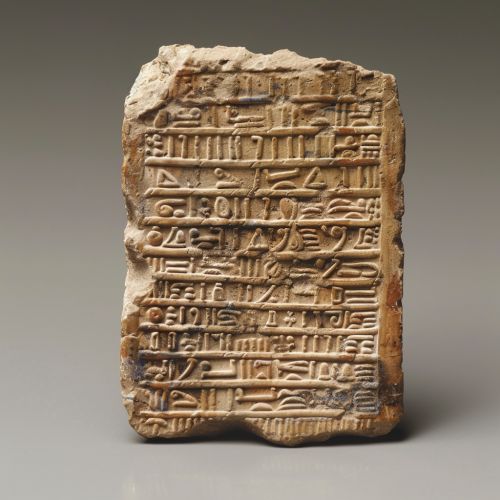Old Persian Language: Difference between revisions
(Created page with "==Introduction== The Old Persian language is one of the two directly attested Old Iranian languages (the other being Avestan). Old Persian appears primarily in the inscriptions, clay tablets, and seals of the Achaemenid era (c. 600 BCE to 300 BCE). Examples of Old Persian have been found in what is now Iran, Romania (Gherla), Armenia, Bahrain, Iraq, Turkey and Egypt, making it the first Iranian language and one of the first Indo...") |
No edit summary |
||
| Line 5: | Line 5: | ||
Old Persian is an [[Indo-European languages|Indo-European language]] which is the ancestor of [[Middle Persian|Middle]] and [[Modern Persian|Modern Persian]]. Like other Old Iranian languages, it was known to its native speakers as "Aryan". Old Persian is related to [[Sanskrit language|Sanskrit]] and [[Avestan language|Avestan]], and it is distinguished by its more archaic linguistic features. | Old Persian is an [[Indo-European languages|Indo-European language]] which is the ancestor of [[Middle Persian|Middle]] and [[Modern Persian|Modern Persian]]. Like other Old Iranian languages, it was known to its native speakers as "Aryan". Old Persian is related to [[Sanskrit language|Sanskrit]] and [[Avestan language|Avestan]], and it is distinguished by its more archaic linguistic features. | ||
[[Image:Detail-77879.jpg|thumb|center|An ancient clay tablet with cuneiform script.]] | |||
==Old Persian Cuneiform== | ==Old Persian Cuneiform== | ||
Revision as of 04:45, 8 May 2024
Introduction
The Old Persian language is one of the two directly attested Old Iranian languages (the other being Avestan). Old Persian appears primarily in the inscriptions, clay tablets, and seals of the Achaemenid era (c. 600 BCE to 300 BCE). Examples of Old Persian have been found in what is now Iran, Romania (Gherla), Armenia, Bahrain, Iraq, Turkey and Egypt, making it the first Iranian language and one of the first Indo-European languages for which significant written evidence exists.
Origins and Overview
Old Persian is an Indo-European language which is the ancestor of Middle and Modern Persian. Like other Old Iranian languages, it was known to its native speakers as "Aryan". Old Persian is related to Sanskrit and Avestan, and it is distinguished by its more archaic linguistic features.

Old Persian Cuneiform
The Old Persian written language is attested in royal Achaemenid inscriptions. It is classified as a cuneiform script and was the vehicle of a record-keeping tradition that persisted for over 200 years until the fall of the Achaemenid Empire. The Old Persian cuneiform script is semi-alphabetic and was inspired by the Babylonian and Elamite scripts, with which it shares a common ancestry.
Grammar
Old Persian grammar is similar to that of other old Indo-European languages. The language is characterized by a complex system of inflection for nouns, pronouns, and adjectives. There are two genders (masculine and feminine), three numbers (singular, dual, and plural), and four cases (nominative, accusative, genitive, and dative). Verbs are conjugated for voice, mood, tense, and aspect, but not person.
Vocabulary
The vocabulary of Old Persian consists of about 1200 words. Due to the often religion-oriented content of the inscriptions, the vocabulary is accordingly biased, with more words used to describe kings, queens, and gods, and fewer words pertaining to the daily life of an ordinary person.
Phonology
The phonology of Old Persian is quite similar to that of other Old Iranian languages. The consonant inventory is relatively small, and the vowel inventory is average for comparable languages. The phonology of Old Persian contains several interesting features, such as the presence of /l/ and /r/ phonemes, which are not found in many other Iranian languages.
Influence and Legacy
Old Persian has left a lasting legacy on the Iranian languages as well as other languages in the region. The Middle Persian language, also known as Pahlavi, is directly descended from Old Persian. Modern Persian, or Farsi, is a further development of Middle Persian.
